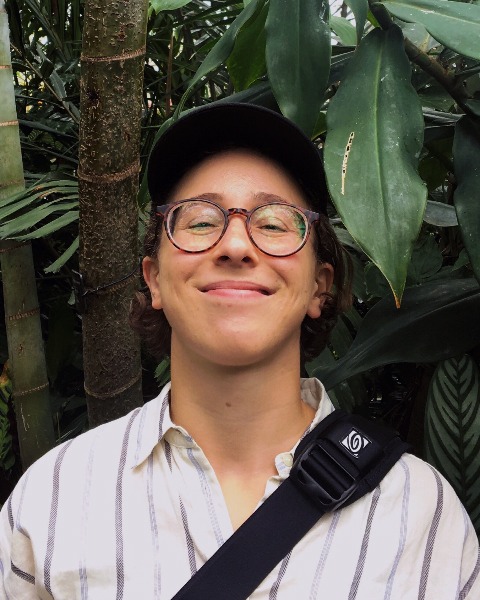P-IE
10-Minute Paper
10-min: P-IE, Pollinators and Pollination
Using next generation sequencing to decipher Osmia lignaria Say foraging behavior
On-Demand

Lila Rose Westreich
Seattle, WA
- PT
Patrick Tobin
University of Washington
Seattle, Washington
Presenting Author(s)
Co-Author(s)
Native bees serve a vital role in pollination services in agricultural crops and wild and native plant fertilization, yet only recently has attention focused on native bee health and the role native bees play in pollination. With growing concern over the impact a warming climate will have on phenology of flowering plants, the subsequent effect on native bees is not well understood. The orchard mason bee, Osmia lignaria Say (Hymenoptera: Megachilidae), is a native solitary bee with high visitation rates, and serve as important pollinators in early spring fruit bloom. Adults require considerable floral resources to support their offspring and tend to forage for pollen and nectar over short distances, generally within 200 meters. Due to this limited foraging behavior and adult lifespan, the availability of local floral resources can greatly influence colony health and success. We placed O. lignaria and nesting materials along a gradient of landscapes over two distinct foraging periods in western Washington in 2018 to quantify the effect of floral resource composition on bee development, fitness, and foraging behavior. We identified plant visitation using the novel technology of Next Generation Sequencing to identify plant DNA from O. lignaria pollen provisions.

